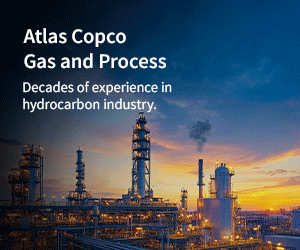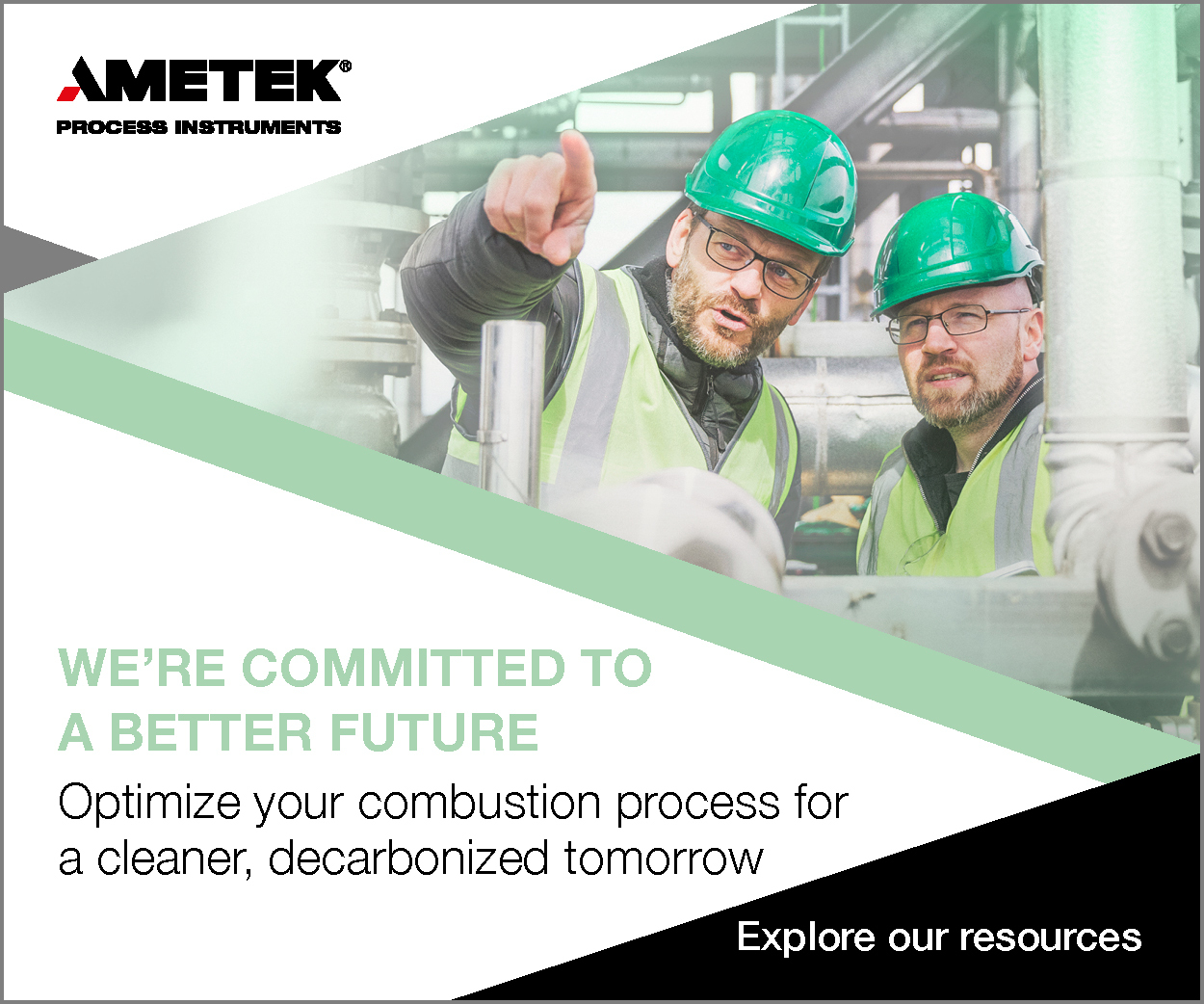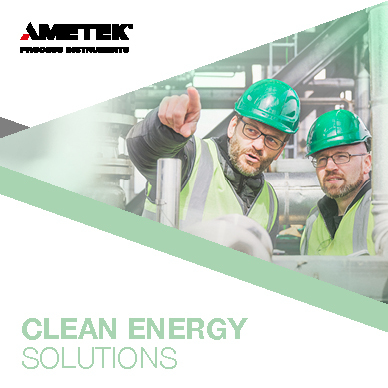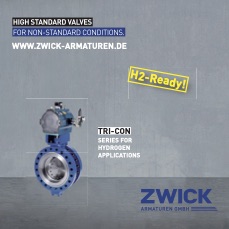Nov-2024
Ammonia: a cracking opportunity for hydrogen
The rapid expansion of ammonia as a storage medium and a method for transporting hydrogen positions it as a potential key player in the energy transition
Joachim Harteg Jacobsen
Topsoe
Viewed : 4116
Article Summary
Ammonia’s increasingly rapid growth as an energy carrier and storage medium for hydrogen is a fairly recent phenomenon. As the world shifts towards low-carbon energy, ammonia has stepped forward as a potentially central player in the energy transition both as a fuel and transportation method for hydrogen. However, knowledge and experience are key to cracking open the available opportunities.
The robust and scalable nature of the ammonia supply chain has solidified its appeal. With more than 20 million tons of ammonia already traversing the globe, along with the emergence of mega-scale blue hydrogen and ammonia projects and advancements in green production, the market is witnessing unprecedented interest.
Hydrogen can be easily turned into ammonia using the established Haber-Bosch process. As ammonia can be transported as a liquid and has a much higher energy density than compressed hydrogen gas, it is an extremely efficient way to transport hydrogen globally. Once the ammonia reaches its destination, it can be converted back into hydrogen through the ammonia cracking process.
Basics of ammonia cracking
Ammonia cracking is a chemical process that converts ammonia (NH₃) into its constituent elements: nitrogen (N₂) and hydrogen (H₂). This reaction is typically carried out at high temperatures and can be catalysed by various catalysts. The process is endothermic, meaning it requires the input of heat energy. The catalyst helps to lower the activation energy required for the reaction to occur, thus increasing the reaction rate.
The most basic layout for an ammonia cracking process includes at least the following steps:
○ Vaporisation and preheating of the raw ammonia feed.
○ Catalytic decomposition of ammonia.
○ Removal of unconverted ammonia and purification of the hydrogen product.
Large-scale ammonia cracking
Many people mistakenly believe that ammonia cracking is a new or emerging technology. In a short time, it has attracted interest from established energy and fuel companies seeking a new business stream and from new players driven by innovation and ambition.
Ammonia cracking is an important industrial process with several applications. One of its main uses is in the transportation of hydrogen gas, which is a valuable fuel and feedstock for various industries. Hydrogen can be turned into ammonia, a derivative product, via the Haber-Bosch synthesis, as explained below. The ammonia is then transported and converted back into hydrogen via the process of ammonia cracking. The resulting hydrogen can be used for the production of power, fuels or steel, natural gas replacement, and various industrial and chemical processes.
The technology used in large-scale ammonia cracking is proven and has been in industrial use for decades. Topsoe’s first ammonia cracking technology was developed in 1978, with a focus on heavy water production. The largest ammonia cracking facility, capable of cracking 2 x 2,400 MT per day of ammonia in two parallel lines, was built in Argentina in 1993.
Ammonia cracking can be centralised on a large to mega-scale, with hydrogen transported to the end-use through extended hydrogen grids, as planned in Europe. It can also be decentralised on a large-scale and co-located with large hydrogen off-takers, possibly via local hydrogen grids. Finally, it can be done on a small-scale and decentralised, for example, at hydrogen filling stations.
Solid transportation method for hydrogen
Ammonia is considered an important transportation method for hydrogen for several reasons. First, it is energy-dense, with a higher energy density than compressed hydrogen gas. This means that a larger amount of energy can be stored and transported in the form of ammonia compared to compressed hydrogen, making it more efficient for long-distance transportation. Ammonia is also free of carbon, making it the highest energy-density, non-carbon medium.
Crucially, ammonia can be stored and transported as a liquid at -33°C, so it does not require high-pressure or cryogenic storage. It is also easier to handle and has well-established safety protocols and regulations.
The second reason is that the infrastructure for ammonia is mature, and safety best practices already exist. Ammonia has an extensive infrastructure for production, storage, and transportation. It is already produced in large quantities for various industrial applications, such as fertiliser production. Leveraging this existing infrastructure can help facilitate hydrogen transportation without needing significant new infrastructure development.
Finally, the process of converting ammonia back into hydrogen through ammonia cracking is simple and has been successfully demonstrated on a large scale. This means that hydrogen can be extracted from ammonia at the point of use, enabling the utilisation of ammonia as an ideal and flexible hydrogen carrier.
Using ammonia to transport hydrogen
Hydrogen needs to be transported to different regions for several reasons. Regions with high energy demand may not have sufficient local hydrogen production capabilities, while other regions may have access to cheaper or more reliable feedstock. Regions rich in renewable energy sources, such as wind or solar, can produce green hydrogen through electrolysis. Transporting this green hydrogen to other areas supports the integration of renewable energy into the broader energy system.
By using ammonia as a carrier, end-point users can take advantage of cheaper or more readily available feedstocks and production processes elsewhere on the globe. Additionally, ammonia’s ability to be liquefied allows it to be transported at a lower cost than hydrogen. These benefits help offset the costs of conversion and make the process economically efficient.
There are three main stages in transporting hydrogen using ammonia as a carrier:
υConversion of hydrogen to ammonia: H2 is first converted to NH3 through a process called Haber-Bosch synthesis. This process involves reacting hydrogen with N2 under high pressure and temperature in the presence of a catalyst. The resulting ammonia is then liquefied and stored for transportation.
ϖTransportation of ammonia: Ammonia is transported using existing infrastructure such as pipelines, ships, or trucks, as it is already produced and transported in large quantities on a global scale. The ammonia can be stored and transported as a liquid at -33°C, making it easier and safer than transporting hydrogen, which requires high-pressure or cryogenic storage.
Categories:
Add your rating:
Current Rating: 5

















